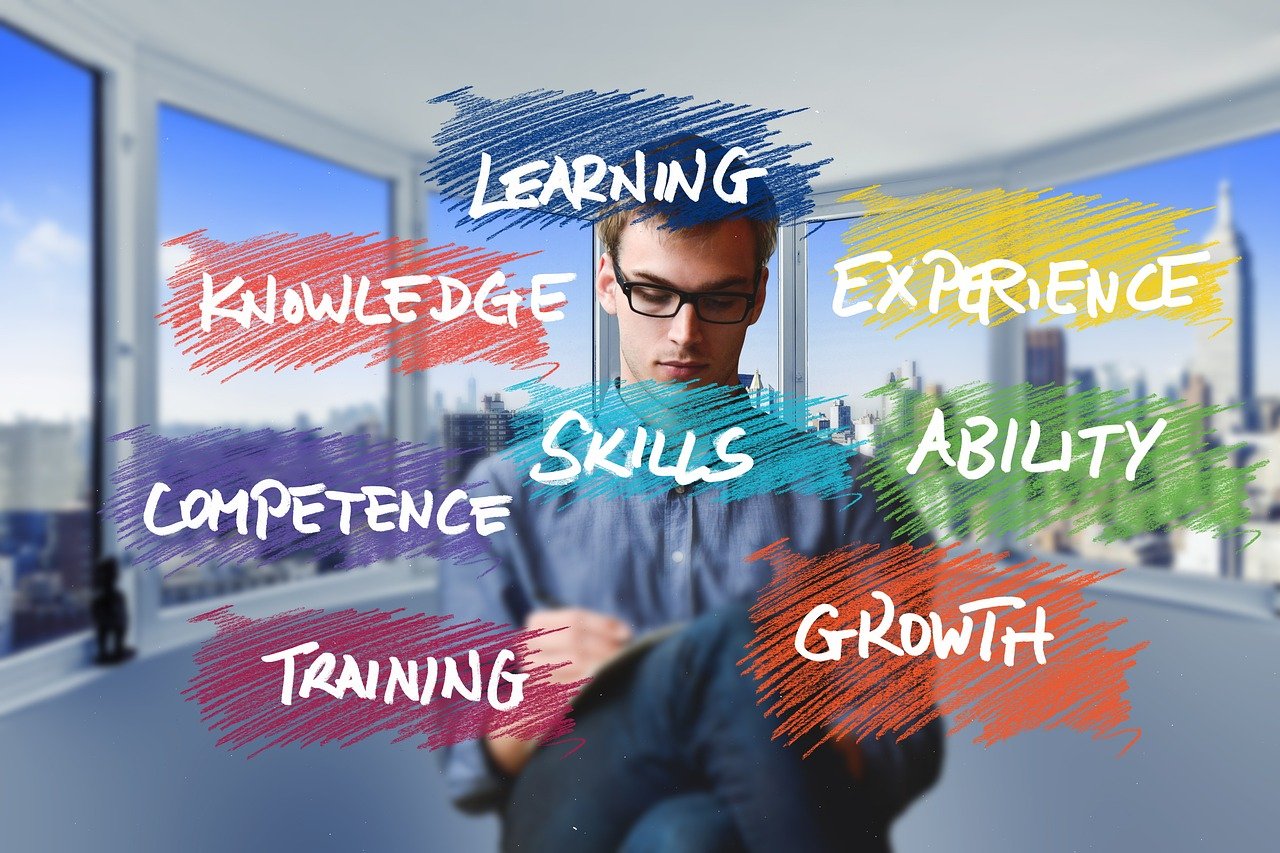The rise of remote work has revolutionized how teams collaborate, but it also presents unique challenges. Communication breakdowns, lack of visibility, and difficulties in maintaining team cohesion can hinder productivity. Fortunately, Artificial Intelligence (AI) is stepping in to bridge these gaps, offering powerful tools and solutions to enhance remote collaboration. This blog post explores how AI is transforming the remote work landscape, making it more efficient, engaging, and productive.
Enhancing Communication with AI
Effective communication is the cornerstone of successful remote collaboration. AI-powered tools can significantly improve how teams interact and share information.
AI-Powered Translation and Transcription
Language barriers can be a significant obstacle in global remote teams. AI-powered translation tools provide real-time translation during video conferences and meetings.
- Example: Imagine a team with members from the US, Germany, and Japan. An AI-powered translation tool can automatically translate spoken words into each participant’s preferred language, fostering clearer communication and understanding.
- Benefits:
Removes language barriers
Facilitates cross-cultural understanding
Enables seamless collaboration across international teams
AI transcription services automatically convert spoken words into text, creating meeting summaries and searchable transcripts.
- Example: Otter.ai provides real-time transcription during Zoom or Google Meet calls, making it easy to review key decisions, action items, and discussions after the meeting.
- Benefits:
Creates searchable archives of meetings
Reduces the need for manual note-taking
Improves accessibility for team members who are deaf or hard of hearing
Smart Meeting Assistants
AI-powered meeting assistants automate tasks like scheduling meetings, creating agendas, and sending follow-up emails.
- Example: Tools like Clockwise use AI to optimize team schedules, automatically finding the best time for meetings based on everyone’s availability and priorities.
- Benefits:
Saves time and reduces administrative overhead
Ensures meetings are well-organized and productive
Automatically creates and distributes meeting summaries
Improving Project Management with AI
AI can streamline project management processes, improving efficiency and reducing errors.
AI-Driven Task Automation
AI can automate repetitive tasks, freeing up project managers and team members to focus on more strategic work.
- Example: AI can automatically assign tasks based on skills and availability, set deadlines, and track progress. Tools like Asana and Monday.com are integrating AI to automate these kinds of project management tasks.
- Benefits:
Reduces manual workload
Improves task assignment accuracy
Increases project efficiency
Predictive Analytics for Project Success
AI algorithms can analyze historical project data to predict potential risks, delays, and resource constraints.
- Example: AI can analyze past project data to identify patterns that indicate a project is at risk of going over budget or missing its deadline. Project managers can then take proactive steps to address these issues.
- Benefits:
Identifies potential problems early on
Enables proactive risk management
Improves project outcomes
Fostering Team Cohesion and Engagement with AI
Maintaining team cohesion in a remote environment can be challenging. AI can help bridge the gap and foster a sense of community.
AI-Powered Virtual Team Building
AI can suggest team-building activities and icebreakers based on team members’ interests and personalities.
- Example: An AI platform can analyze team member profiles and suggest virtual games, online workshops, or other activities that promote collaboration and bonding.
- Benefits:
Encourages team interaction and bonding
Improves team morale and engagement
Reduces feelings of isolation and loneliness
Sentiment Analysis for Team Well-being
AI can analyze team communications (e.g., emails, chat messages) to detect signs of stress, burnout, or disengagement.
- Example: If AI detects a significant increase in negative sentiment among team members, it can alert managers to take action, such as offering additional support or adjusting workloads.
- Benefits:
Provides insights into team member well-being
Enables proactive intervention to prevent burnout
Promotes a positive and supportive work environment
Enhancing Remote Training and Onboarding with AI
AI can personalize training and onboarding experiences for remote employees, making them more effective and engaging.
Personalized Learning Paths
AI can create customized learning paths based on individual skill gaps and learning preferences.
- Example: An AI-powered learning platform can assess a new employee’s skills and recommend relevant training modules, articles, and videos.
- Benefits:
Accelerates the onboarding process
Improves knowledge retention
Ensures employees have the skills they need to succeed
AI-Driven Feedback and Mentoring
AI can provide personalized feedback and coaching to remote employees, helping them improve their performance and develop their skills.
- Example: AI can analyze an employee’s work and provide specific feedback on areas for improvement. It can also connect employees with mentors who have expertise in their field.
- Benefits:
Provides timely and relevant feedback
Supports continuous learning and development
* Improves employee performance
Addressing the Challenges of AI in Remote Collaboration
While AI offers many benefits, it’s important to be aware of the challenges and potential pitfalls.
Data Privacy and Security
AI algorithms require access to data to function effectively. It’s crucial to ensure that this data is protected and used responsibly.
- Example: Implementing robust data encryption and access controls to prevent unauthorized access to sensitive information.
- Actionable Takeaway: Implement strong data privacy policies and regularly audit AI systems to ensure compliance with regulations.
Bias and Fairness
AI algorithms can be biased if they are trained on biased data. This can lead to unfair or discriminatory outcomes.
- Example: An AI-powered recruitment tool might unintentionally discriminate against certain groups of candidates if it is trained on data that reflects historical biases.
- Actionable Takeaway: Regularly audit AI systems for bias and take steps to mitigate any biases that are found.
Over-Reliance on AI
It’s important to remember that AI is a tool, not a replacement for human judgment and empathy.
- Example: Relying solely on AI to make decisions about employee performance or promotion can lead to resentment and disengagement.
- Actionable Takeaway: Use AI to augment human capabilities, not to replace them entirely. Encourage critical thinking and human oversight.
Conclusion
AI is rapidly transforming the landscape of remote collaboration, offering powerful tools to enhance communication, project management, team cohesion, and training. By embracing AI-powered solutions, remote teams can overcome the challenges of distance and achieve greater levels of productivity, engagement, and success. However, it’s essential to address the potential challenges associated with AI, such as data privacy, bias, and over-reliance, to ensure that AI is used responsibly and ethically. As AI technology continues to evolve, its role in remote collaboration will only become more significant, shaping the future of work for years to come.




